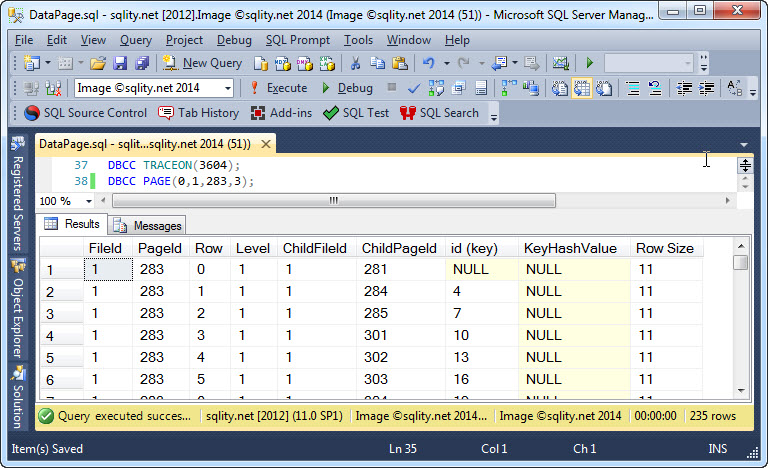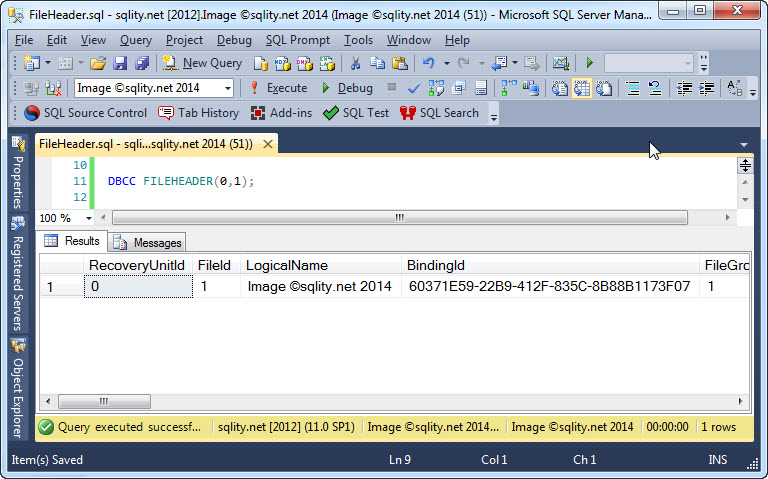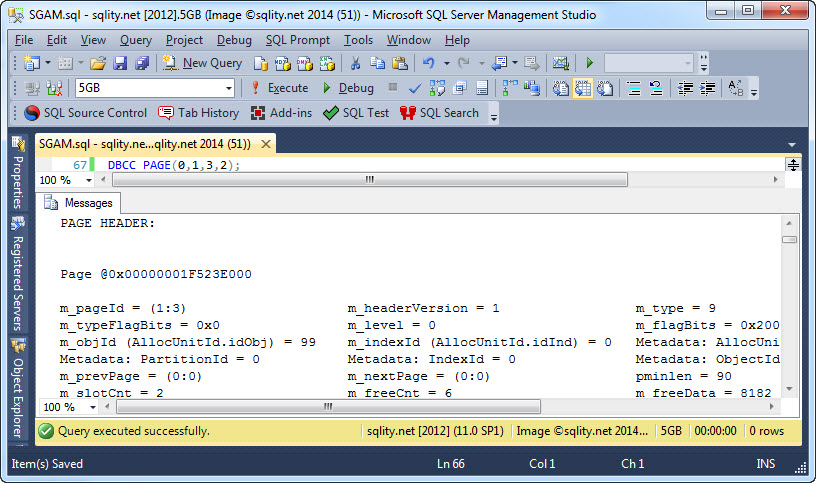Tag: Page Header
-
Intermediate Index Pages in SQL Server

SQL Server stores indexes in B+ Tree format on disk. Each node is represented by a SQL Server page. The actual rows are stored in data pages while the index structure resides in intermediate index pages. Read on to find out more.
-
DBCC FILEHEADER: Reading the File Header Page

Every SQL Server database file has a dedicated file header page. Read on to discover how to use DBCC FILEHEADER to explore the header of your database files and learn about the one property of file header pages that might just affect your backup and restore strategy.
-
The Shared Global Allocation Map (SGAM)

Discover how SQL Server tracks mixed extents containing free pages using a Shared Global Allocation Map made up of one SGAM page per GAM Interval.
-
Data Pages and the Row Offset Array

SQL Server stores actual table data in pages of type 1, data pages. Read on to see how to navigate a data page and how to find each row using the row offset array.
-
The Page Header (A Storage Wednesday Post)

SQL Server organizes databases in chunks of 8192 bytes, called pages. Each page starts out with 96 byte of meta-information – the page header. Read on to see what kind of information is stored in this special area.












